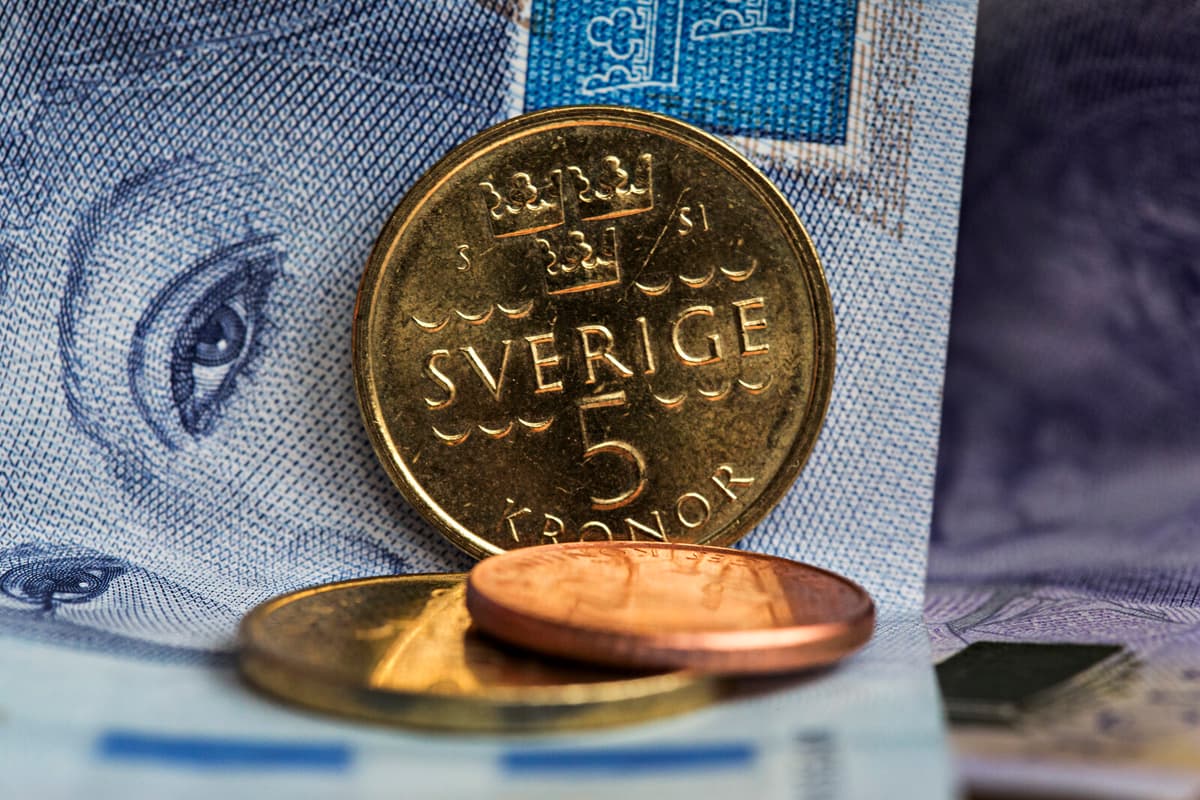A weaker krona is something we need to keep an eye on. It can affect import prices and consumer prices, says Erik Thedéen.
The krona is, as usual, among the losers on the currency market when interest rates and the dollar rise. To find a weaker krona exchange rate against the dollar, you have to go back to November 2023.
Due to Trump's tariffs
The interest rate development in the USA is behind the movement, according to Jens Magnusson at SEB.
We have had to adjust our view on the krona somewhat during the autumn, in line with the rise in American long-term interest rates, he says.
There is a very strong link right now between the interest rate development and the exchange rate.
The weakening of the krona has gained extra momentum in connection with Donald Trump's recent presidential election victory in the USA. At the same time, the euro has also weakened against the dollar.
What happens with exchange rates in the future depends, according to SEB's chief economist, among other things, on how the strong tariffs that Donald Trump has announced against, in particular, China, but also against the EU and Sweden, will turn out. Magnusson thinks that most things suggest that the dollar will remain strong in the coming years, partly because the gap between the American and European growth rates does not seem to be decreasing significantly.
We believe that the krona is undervalued and that we will probably see some strengthening in one or two years, he says.
But we will probably be clearly above 10 kronor against the dollar and clearly above 11 kronor against the euro throughout the entire forecast period of a couple of years ahead.
"It could become significantly worse"
The Swedish Central Bank and Erik Thedéen already warned about inflation and growth problems following the strong dollar rise and the economic policy that Trump won the presidential election on.
When Trump takes office for the second time – which is scheduled to happen on January 20, 2025 – it will be, according to Thedéen, in a situation where the geopolitical situation is significantly worse than it was last time, in 2017. This makes trade wars potentially more devastating now than then – for both growth and inflation and for financial stability.
It could become significantly worse, says the Swedish Central Bank governor.





